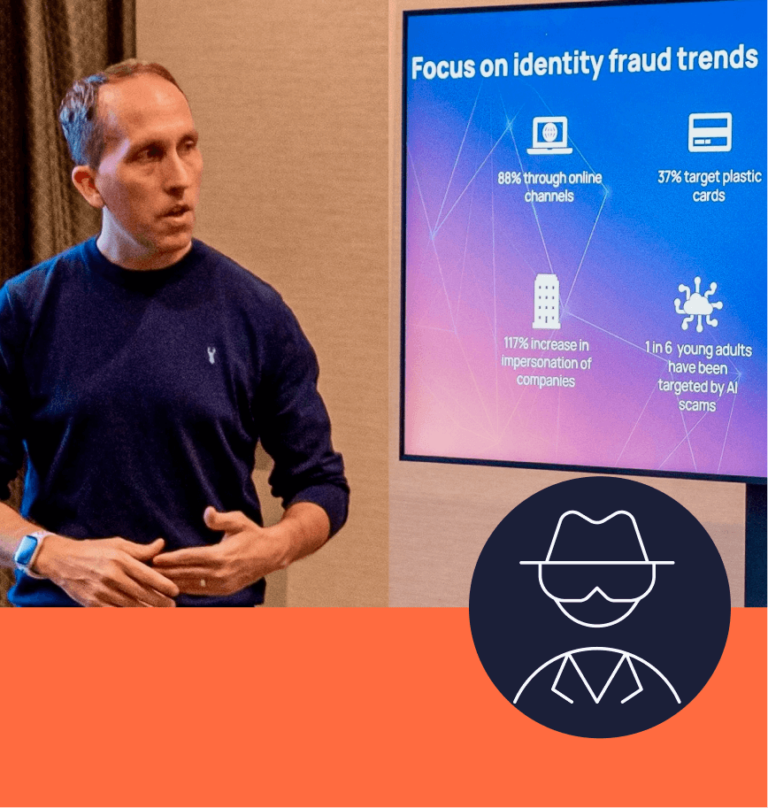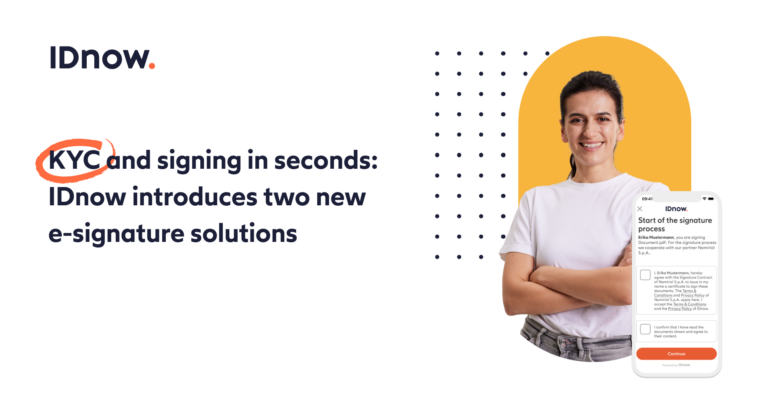What does NFC mean?
Near-field communication (NFC) is used to enable mobile devices like smartphones and smartwatches to exchange data and read NFC-equipped documents (passports or driving licences). NFC technology was initially developed in the early 2000s by Sony and Philipps. It works in a similar way and is often regarded as the evolution of radio-frequency identification (RFID), which are used in keychain fobs and security cards. However, NFC offers much better security and advanced features.
How does the technology work?
NFC – as a technology that connects devices and wirelessly transfers data – is considered a much easier and pain-free option than pairing via Bluetooth or Wi-Fi, which requires additional discovery steps, or passwords to complete the connection. As the name suggests, NFC is designed for “near field” communication, and therefore only works to connect devices when they are very close together (up to 10cm away).
Does every mobile device have NFC?
Most modern-day smartphones come equipped with NFC technology and an NFC scanner. Although it has only entered mainstream use in recent years, NFC technology has actually lain dormant in many phones for more than a decade. For example, way back in 2011, Android’s now discontinued feature, Android Beam was a device-to-device data transfer tool that was used [or rather not] to send photos, contact information, links, and directions between devices by bumping them together. It took quite a while for the connection to be established, and for date to be exchanged, hence it was not widely used.
What are the main uses of NFC?
NFC technology is used by approximately 3 billion people around the world. Many countries have adopted the technology into its private and public sector services, initiatives and operations. The most common use case of NFC technology is for contactless payments, with Google Pay, Samsung Pay, and Apply Pay now fairly and squarely in the lexicon. NFC technology is also used as a way of retrieving and displaying tickets. Further uses include checking into hotels and locations and unlocking car doors or accessing other mobility devices. NFC technology is also used as a common method of transferring files between mobile devices.
Most passports and many ID cards have built-in NFC chips. ICAO 9303 is the leading global standards for NFC ID documents, used by more than 188 countries. The standard is issued by the International Civil Aviation Organisation (ICAO), a special organization of the United Nations.
Why is NFC important for the future of digital identity?
Most smartphones can read NFC ID documents, including leading operating systems, Android and Apple iOS. NFC technology is incredibly important for the future of digital identity and digital identity verification. For example, as a verification tool in shared mobility, NFC technology uses an active device (like a smartphone) to receive and send security data to a passive device (like the RFID chip on an electronic ID card, driver’s licence or passport). Other benefits include:
Faster and more convenient onboarding.
Scanning an NFC document is fast and easy, and eliminates user error, such as blurry pictures or poor lighting conditions. The required KYC information and the biometric picture is registered automatically, with no typing required.
A high degree of automation & data accuracy.
Reading the identity information directly from a chip eliminates the risk of typos or tampered data input. The process is less reliant on user cooperation and is less prone to user error. As such, NFC authentication requires less human intervention.
Better fraud detection through an additional layer of security.
Most importantly, NFC delivers reliable results about the authenticity of an ID document. By referencing the biometric picture saved on the NFC chip during the biometric verification process including a selfie and liveness check, advanced fraud like identity theft can be prevented.
With IDnow, the entire process takes just a few seconds to exchange the necessary security data stored in the chip to identify drivers or riders validly.
What are the main benefits of NFC technology?
NFC technology is entirely secure. The RFID chip on national ID cards is virtually impossible to tamper with, and the information stored in them can only be accessed with NFC technology. There’s almost zero chance of forged documents bypassing the watchful eyes of NFC tech.
NFC services access, read and transmit data without leaving any margin for error. Other services like OCR don’t always read data correctly and are not as accurate as NFC. Since essential information like biometric data will be required in ID verification, it is best to adopt a solution that makes zero mistakes.
The actual transmission of security data is entirely automated and takes a life of its own once there’s communication between the RFID chip and the smartphone.
Communication is made simple, and all that is necessary is that both devices are within the desired range—no need for several adjustments and readjustments.



